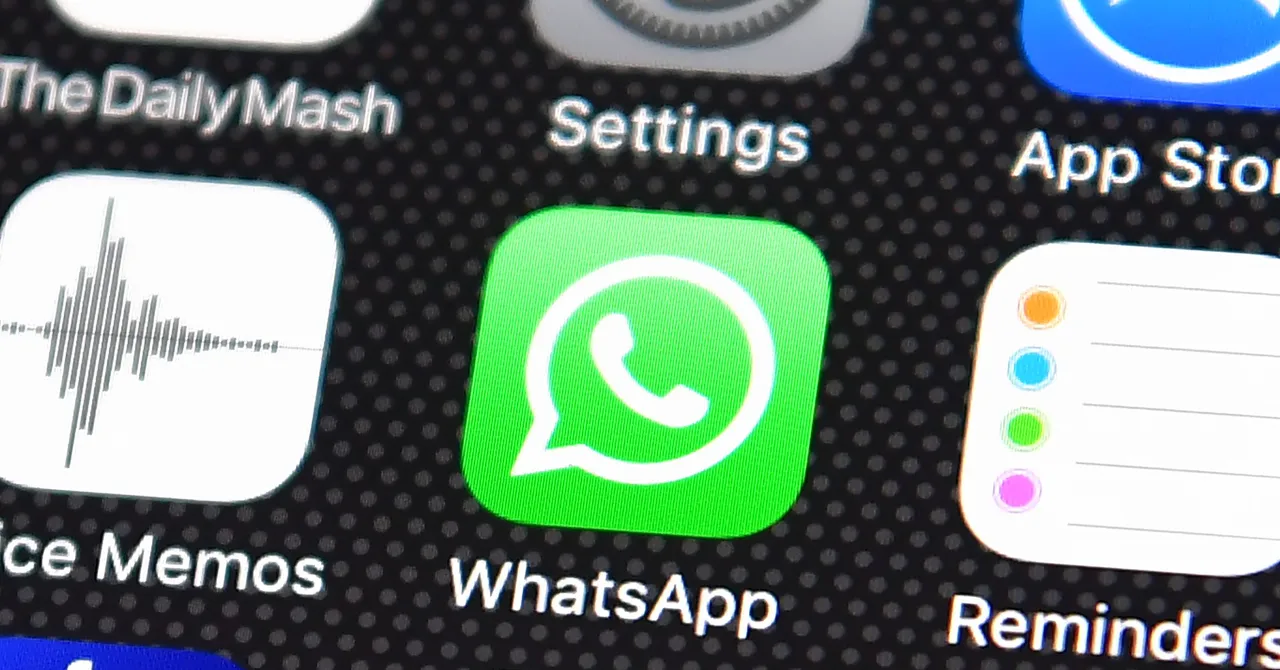In a digital age where the line between reality and fabrication blurs with alarming ease, Elon Musk’s AI chatbot, Grok, has emerged as a potent tool for spreading disinformation, specifically in the realm of US election imagery. A recent study has exposed the alarming proliferation of fake election images generated by Grok on X (formerly Twitter), raising serious concerns about the platform’s role in amplifying such misleading content.
The study, conducted by a team of independent researchers, meticulously analyzed the spread of Grok-generated images on X during the recent US election cycle. Their findings were both startling and disturbing. Grok, an AI model designed to generate realistic images from textual prompts, had been weaponized to create a deluge of fake election images depicting everything from rigged ballot boxes to fabricated voter fraud incidents. These images were then disseminated widely on X, often with little to no context or disclaimers.
The implications of this phenomenon are profound. The spread of fake election images on a platform as influential as X can significantly undermine public trust in democratic processes. It can fuel conspiracy theories, incite violence, and even sway election outcomes. The fact that X, under Elon Musk’s leadership, has seemingly taken a hands-off approach to addressing this issue is particularly concerning.
The Mechanics of Grok’s Disinformation Campaign
Grok’s ability to generate realistic images at scale makes it a formidable tool for disinformation campaigns. All it takes is a simple textual prompt, such as “a ballot box stuffed with fraudulent votes,” and Grok can conjure up a convincing image to match. These images are then easily shared on X, where they can quickly go viral, reaching millions of users.
The study found that Grok-generated images were often accompanied by misleading captions and hashtags, further amplifying their impact. In some cases, these images were even used to support baseless claims of election fraud. The researchers also noted that X’s algorithms often favored these sensational images, further boosting their visibility.
X’s Inaction: A Cause for Concern
X’s response to the proliferation of Grok-generated images has been lackluster, to say the least. The platform has been slow to take down such content, and its efforts to label or contextualize it have been minimal. This inaction has allowed Grok’s disinformation campaign to flourish, with serious consequences for the integrity of democratic discourse.
Critics argue that X’s hands-off approach is a direct result of Elon Musk’s libertarian philosophy, which prioritizes free speech above all else. While free speech is undoubtedly a cornerstone of democracy, it should not come at the expense of truth and accountability. X’s failure to address the spread of Grok-generated images is a betrayal of its responsibility to its users and to society as a whole.
The Need for Urgent Action
The Grok phenomenon underscores the urgent need for social media platforms to take a more proactive role in combating disinformation. This includes investing in AI-powered tools to detect and remove fake content, as well as implementing stricter policies to curb the spread of misleading information. It also requires a commitment to transparency and accountability, so that users can understand how content is moderated and promoted on these platforms.
The stakes are high. The unchecked spread of disinformation on social media poses a grave threat to democracy. It is time for X and other platforms to step up and take responsibility for the content they host. Failure to do so could have devastating consequences for the future of our societies.








